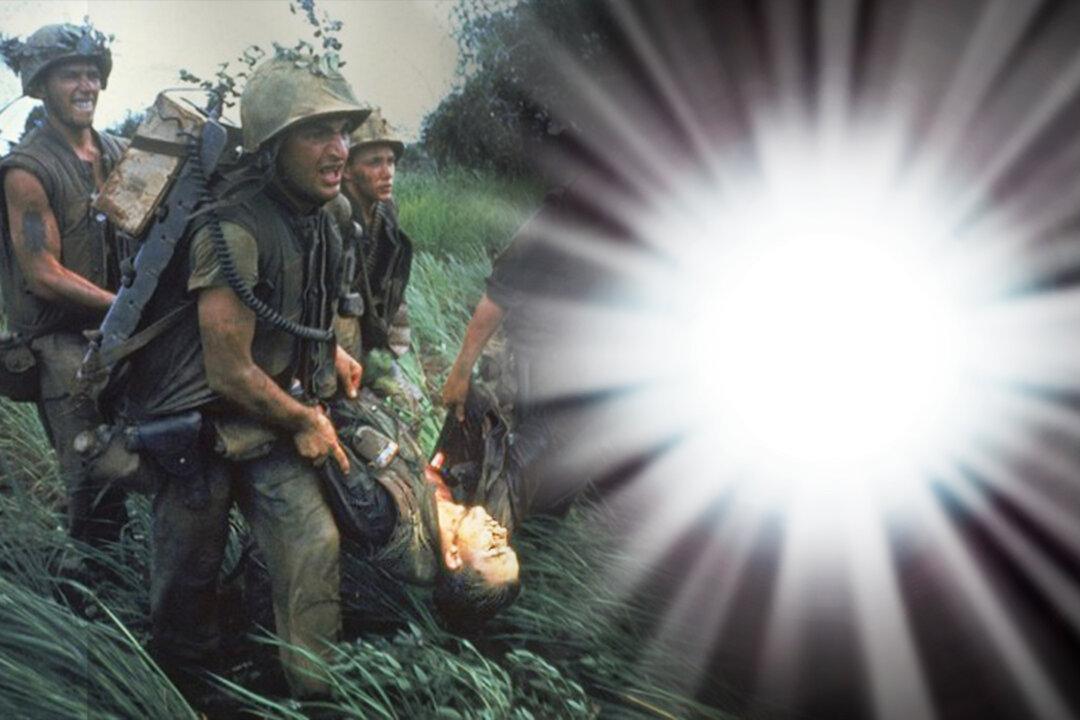On Feb. 2, 2006, Anita Moorjani lay in the intensive care unit of a hospital in her home city of Hong Kong. She was in a coma. Her eyes were swollen shut, and her breathing was labored. With open lesions dotting her skin, massively enlarged lymph nodes, and organs failing, her frail body had been ravaged by Hodgkin’s lymphoma.
Yet somehow, by late March of that year, she was dancing and drinking champagne at a wedding, and in July 2006 she received a clean bill of health.





